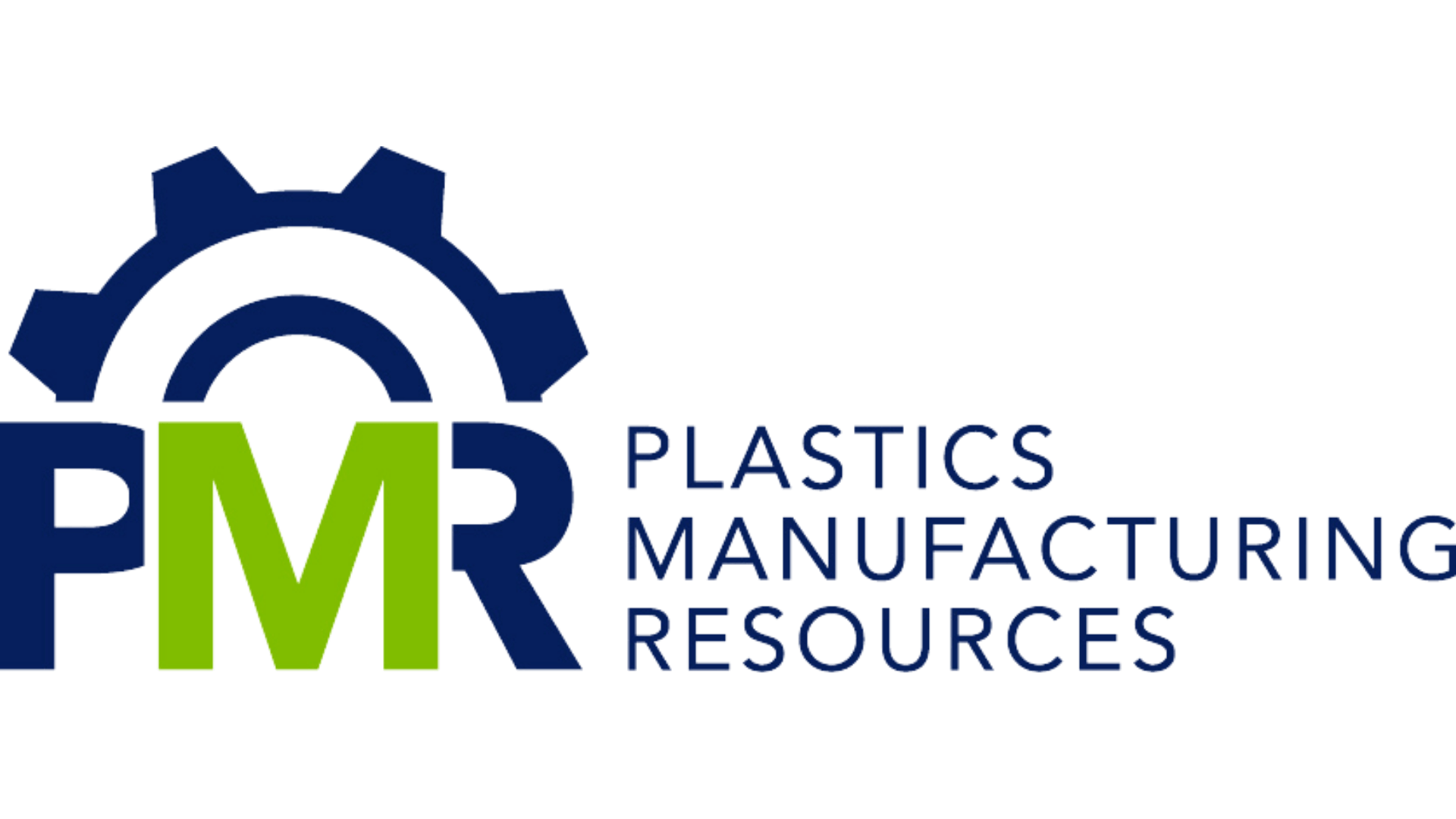Structural Foam molding produces thicker plastic parts with cellular cores and rigid outer shells yielding products with very high strength to weight performance. Benefits include lower weight, lower material cost and greater design flexibility. We offer structural foam parts up to 25 lbs.
In Gas Assist Molding nitrogen is injected into the plastic to create channels. This results in a light-weight, hollow tube like structure. Benefits include greatly increased strength through design structure, decreased cycle times, reduced material and lower overall costs.
Advantages Of Structural Foam/Gas Assist
Strength – Increased strength and rigidity through the creation of tubular structures in the part geometry.
Weight Reduction – Thick sections can be cored out with gas to reduce weight.
Design Flexibility – Ability to add thick sections as required and core them using gas assist technology.
Surface Finish – Better surface finish than structural foam . . . more like standard injection molding.

Materials Used In Gas Assist Molding
- Polycarbonate
- Polyphenylene Oxide – PPO (Noryl)
- Polybutylene terephthalate – PBT (Valox)
- Acrylonitrile Butadiene Styrene – ABS
- High Impact Polystyrene – HIPS
- Polypropylene
- High Density Polyethylene – HDPE
Materials Benefits
- Thermoplastic materials can be recycled. At the molding stage the material can be ground to a small particle size and added in limited portions to virgin resin for molding use.
- Thermoplastic materials can also be ground and used for other post processing applications.
- Post molding finishing such as painting, shielding, decorating impacts the ease of recycling.
- Most common thermoplastics used today are RoHS compliant. Many of these are sold in a global market and are used in consumer products.
Learn All The Details
Read our gas assist injection molding design guideline.
Download GuideGet Started
